| |
|
|
|
|

 |
|
Modelling and simulation in the respiratory care
Moderators: Prof. Karel Roubik, Ph.D., Martin Rozanek, Ph.D.
About workshop:
Models and simulators of the lungs have important role in optimization and control of mechanical ventilation. The models are consequently involved in the ventilators as automatic ventilator regimens are introduced. The models are used for controlling of ventilatory parameters according to the end-tidal carbon dioxide concentration or saturation of blood by oxygen. Simulators of the lung are used to check function of the ventilators or for demonstration of different modes of mechanical ventilation. Simulators allow to demonstrate assisted modes of mechanical ventilation. A mannequin can be used to demonstrate the interaction between the ventilator and patient. The mannequin and lung simulators have also the unique place in education.
Organizers:
- Czech Technical University in Prague, Faculty ofBiomedical Engineering
|
|
|
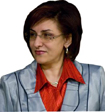 |
|
Modern methods of learning in dental medicine
Moderator: Prof. Norina Consuela FORNA
About workshop:
The purpose of this workshop is to individualize the opportunity to use top technologies
such as 3D-DentSim simulation system and 3D Robodent navigation system
in oral implantology, both devices having a considerable impact on dental medical practice.
In the didactic process, the simulation plays an essential role, being employed as the first
step in learning practical maneuvers and allowing the cultivation of practical abilities for each clinical
entity of dental medicine. The complexity of the simulation includes developing stages beginning with the
preparation of the arcade on the mannequin-systems and proceeding with the computer assisted simulation
itself, the high quality of the equipment producing the exact maneuver and preparing the required ideal
forms.
The use of 3D-DentSim simulation systems makes possible the creation of high precision
restorations and the development of backups preserving maximum exigency approaches.
Oral implantology, a challenging domain of dental medicine, brings together methods and
techniques characterized by a high level of complexity, which have a profound impact on the clinical
outcome. The formative aspects in this field can be materialized through the latest surgical techniques of
distance transmission in nowadays oral implantology.
These techniques are used to address the social cases that offer in a spectacular way the
chance of full reestablishment of the lost functions caused by edentation.
The special impact of the introduction of these techniques is reflected in the
practitioners’ capacity to successfully approach at any moment unexpected situations that appear in
everyday practice by acquiring practical abilities that allow quick and efficient technical interventions,
which form the basis of the therapeutic success in any clinical situation. The contribution of the
robot–based high-technologies to the clinical result is spectacular, offering both precision and a
reduction of the failure rates in dental medicine.
Organizers:
- Grigore T. Popa University of Medicine and Pharmacy, Faculty of Dental Medicine, Iasi, Romania
|
|
|
|
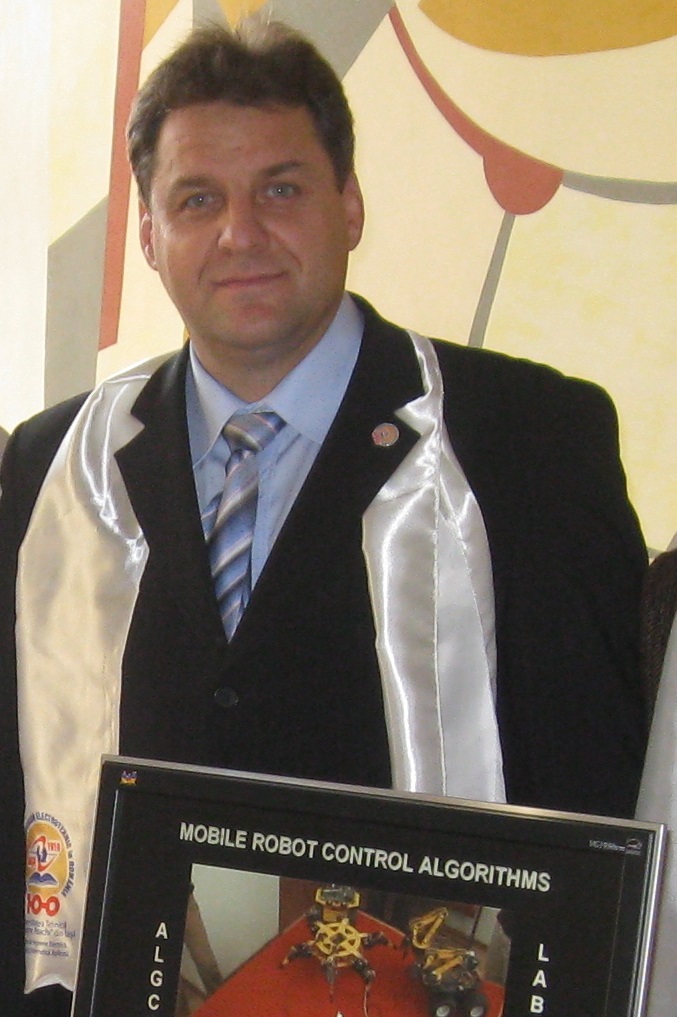
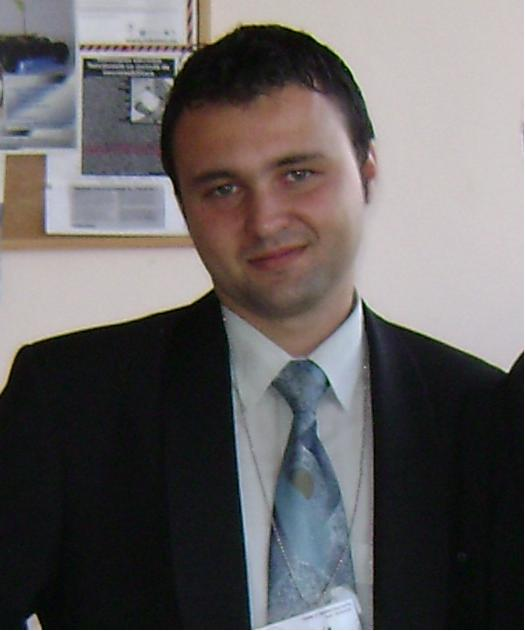 |
|
Moderators: Prof. Marian Poboroniuc, Ph.D. and Dănut Irimia, Ph.D.
About workshop:
The latest researches in stroke patient’s rehabilitation techniques argue that repeated movement of the affected upper limb offer the chance to regain its usefulness. Assisting robotics allows patients to perform repeated movements. Such movements can stimulate the brain to regain the upper limb control and the phenomenon has been termed as neuroplasticity.
Functional electrical stimulation (FES) can be used to artificially induce the muscle contraction of innervated muscles, and in combination with upper limb exoskeletons and glove may contribute to a better rehabilitation process of the stroke patient’s upper limbs. Functional Electrical Stimulation (FES) has the potential to restore the body motor functions and it has been recommended as interventional procedure in many countries (i.e. NICE-IPG278, UK). Assisting robotics allows patients to perform repeated movements in a well-controlled manner, while the FES-based activation of the muscles helps the brain to relearn the day life movements.
Brain-computer interface (BCI) is a new technology with a potential to restore, substitute, or augment lost motor behaviors in patients with neurological injuries. Just imagine that a patient may control a neuroprosthesis by his/her own thoughts.
The workshop deals with new proposed systems (EXOSLIM, IHRG) consisting in a mechanical structure of exoskeleton type, anthropometrically dimensioned, aiming to ensure the basic anatomical movements in stroke patient’s upper limb and hand, as well as muscle control by means of functional electrical stimulation (FES). Instead of using the traditional surface electrodes some electroconductive yarns which can be easily and effectively integrated into textile structures may provide the electrical stimulation over the muscles (patent request no. A/00673/21.09.2015). Motor Imagery based BCIs can induce neural plasticity and thus serve as an important tool to enhance motor rehabilitation for stroke patients. A new system that integrates BCI and FES techniques aiming to improve motor rehabilitation for stroke patients will be presented too.
Organizers:
- “Gheorghe Asachi” Technical University of Iasi, Faculty of Electrical Engineering, Iasi, Romania
|
|
|
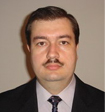
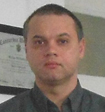 |
|
Assistive technologies for people with disabilities
Moderators: Assoc. Prof. R. BOZOMITU, PhD, and Lecturer C. ROTARIU, PhD
About workshop:
Nowadays assistive technology includes assistive, adaptive, and rehabilitative products and services that are used to increase, maintain, or improve functional capabilities of individuals with many types of disabilities, from cognitive problems to physical impairments.
Assistive technology promotes greater independence by enabling people with disabilities to perform tasks that they were formerly unable to accomplish, or had great difficulty accomplishing, by providing devices, or changing methods of interacting with the technology needed to accomplish such tasks.
In this context the aim of the session is to present and discuss the advances in the research and development of assistive devices and to offer opportunities to the researchers, scientists, and engineers to change ideas, to share knowledge and experience in the field of assistive technology.
The session welcomes papers addressing the following areas (but not limited): Augmentative and alternative communication, Assistive technology for visual impairment, Personal emergency response systems, Mobility impairment and wheelchairs, Assistive technology in sport, Assistive technology in education.
Organizers:
- Gh. Asachi Technical University, Faculty of Electronics, Telecommunications and Information Technology, Iasi, Romania
- Grigore T. Popa University of Medicine and Pharmacy, Faculty of Medical Bioengineering, Iasi, Romania
|
|
|
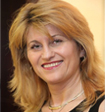
|
|
Medicine and Informatics
Moderators: Assoc. Prof. Dr. Paraschiva Postolache, MD, PhD, FCCP
Assist. Prof. Dr. Anca Munteanu, MD, PhD
About workshop:
Medical informatics deals with the use of IT&C technologies in health care and represents the interdisciplinary study of the design, development, adoption and application of IT-based innovations in health care services delivery, management and planning.
This multidisciplinary field utilizes health information technology to improve health care through a mix of higher quality, higher efficiency (stimulating lower cost and consequently wider availability). Its resources, devices, and methods are involved in optimizing the acquisition, storage, retrieval, and use of information in health and biomedicine.
Health informatics tools consist mainly in computers, formal medical terminologies, clinical guidelines, and information and communication systems.
Clinical care, dentistry, pharmacy, public health, nursing, occupational therapy, physical therapy, (bio)medical research, and alternative medicine are the main fields of application.
Organizers:
- Grigore T. Popa University of Medicine and Pharmacy, Faculty of Medicine, Iasi, Romania
|
|
|